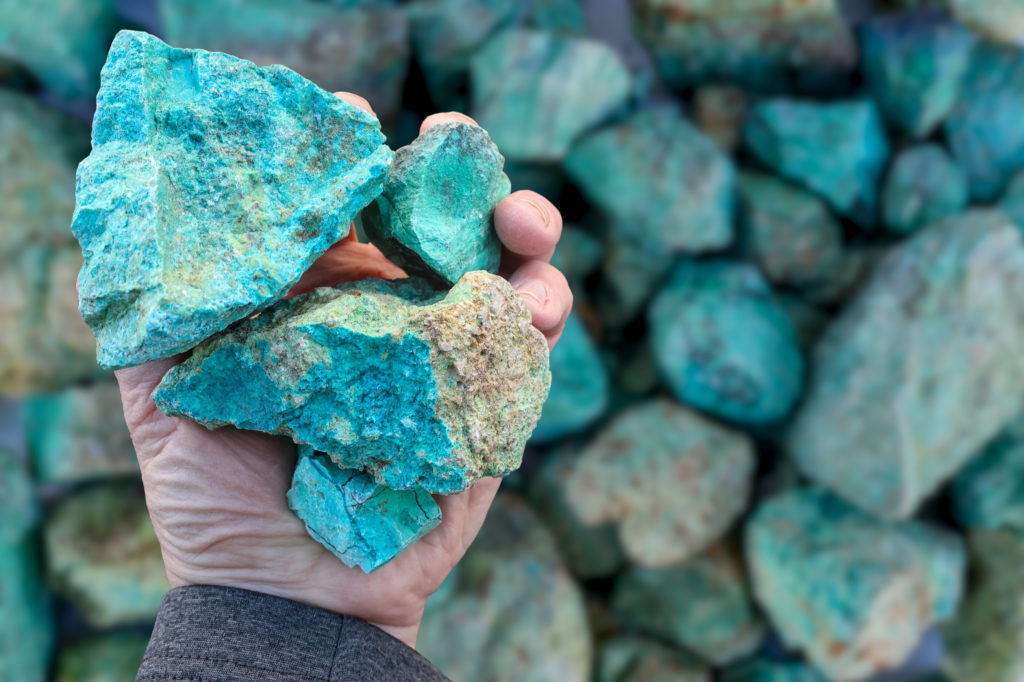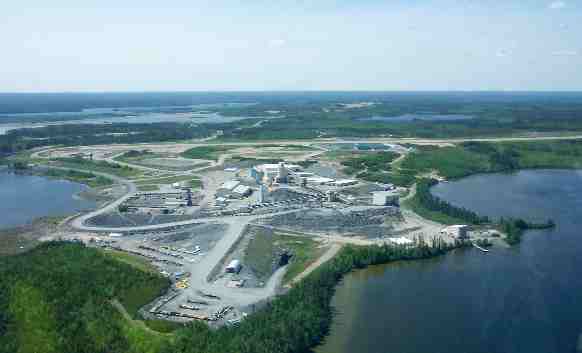Building an integrated critical minerals sector in Canada
A vital investment to meet growing demand and enhance everyday life

It is no exaggeration to say that we could not survive in a modern society without critical minerals; they are found in hundreds of things we use everyday from cell phones and laptops to tea kettles and toothpaste.
Manufacturing, construction, agriculture, artificial intelligence, and clean technologies are just a few examples of the industries that are dependent on this sector, which is set to have a global market value of US$770 billion by 2040.
“The way we live, work, and play is tied to our supply of natural resources, and in particular, to critical minerals,” says Ardy Sufi, vice-president of business development, minerals, and metals at AtkinsRéalis, an engineering services and nuclear company, which specializes in the entire life cycle of the critical minerals sector. “This is true not only for Canada, but also for the U.S. and to important global clients and customers,” emphasized Mr. Sufi. Given this dependence, experts stress a need for an integrated, self-sufficient supply chain so that Canada’s industries and way of life are not disrupted.
The definition of a critical mineral is based on three criteria: it is essential to the economy, but its supply is threatened; it is required for the transition to a low-carbon economy; and it is a sustainable source of minerals for Canada’s partners and allies.
In total, Canada has identified 34 critical minerals, with a focus on lithium, nickel, graphite, cobalt, copper, and rare earth elements (REEs) — many at high risk of supply chain disruption.
Current geopolitical instability and the threat of high tariffs on imports make it essential that Canada creates a resilient supply of critical minerals and takes steps to secure its value chain, from mineral extraction and processing to manufacturing and recycling its end products.
“We are not self-sufficient, but we are on the path of getting to that point. What we need to do is integrate all of these processes,” says Mr. Sufi. By securing the end-to-end extraction and production of these minerals through private and public investment, Canada could not only solidify its role as top producer and processor in a global market but could also guarantee its own supply is safe from disruption.
That is why experts in the sector support the federal government’s Critical Minerals Strategy. Released in 2022, the $4-billion strategy acts as a roadmap to explore the country’s mineral-rich regions and leverage its national mining value chain through innovation and investment to, ultimately, connect domestically mined and processed minerals and metals with domestic manufacturing.
Energy transition depends on critical minerals
As the world transitions to a decarbonized future, with net-zero targets by 2030, the global demand for critical minerals — many essential for renewable energy sources and technology — is set to skyrocket. Electric vehicles need lithium for batteries, Canada’s electricity grid needs copper for wiring, and solar energy needs indium and tellurium for solar panels.
“Exploration is the first step in ensuring Canada is ready to support the next phase of its green economy. Canada’s junior mining sector, which does much of the exploration of critical minerals, needs support to scale up. We need our own domestic supply because if there is a disruption in the supply chain and we do not have enough material, we basically have to shut down our manufacturing,” Sufi explains.
As part of its Critical Mines strategy, the federal government introduced a Critical Mineral Exploration Tax Credit (CMETC) to help Canadian miners with expenses, including drilling and rock and soil sampling.
“With its well-established reputation as a global mining powerhouse, Canada is well-positioned to capture economic opportunities in the critical minerals space while also securing a stable supply of essential minerals needed for its own energy transition goals,” added Mr. Sufi.
According to Global Critical Minerals 2024 outlook by the International Energy Agency (IEA), there is a significant gap between the future supply and demand of both copper and lithium, with anticipated mine supply from announced projects meeting only 70% of copper and 50% of lithium requirements.
Manitoba, Ontario, and Quebec are expected to be a source of future lithium, and Northern Ontario’s 5,000-km2 Ring of Fire project is a global source of nickel and copper.
According to a 2022 report from Clean Energy Canada, a national battery supply chain, alone, could directly contribute between $5.7 to $24 billion to the country’s annual GDP by 2030 and support up to 81,000 direct jobs and 333,000 indirect jobs. Securing the whole value chain will create job opportunities for urban, remote, and Indigenous communities all over the country.
An injection of private and public investment is needed for the processing facilities that will turn the extracted minerals into useable materials. Increasing manufacturing capabilities would also ensure that Canada can turn its critical mineral inputs into final products without having to export any part of the process. An estimated $30 billion is needed for critical mineral extraction, according to data from the Canadian Climate Institute’s 440 Megatonnes Project.
The federal government has earmarked more than $3 billion for grants and other incentives for critical mineral projects through organizations like the Strategic Innovation Fund (SIF), the Critical Minerals Infrastructure Fund (CMIF), the Critical Minerals Research, Development, and Demonstration (CMRDD) Program, and the Indigenous Natural Resources Partnerships (INRP) Program.
“It is all about capitalizing on the opportunity,” says Mr. Sufi. “We need to invest now because any type of disruption to the supply chain will create a ripple effect in our economy, impacting our entire labour market, and it would be a serious national defense issue for us,” he added.
Recycling in the circular economy
The key to meeting net-zero goals is supporting the circular economy. A transition to electric cars is inevitable, but even if we mined all the lithium available in the Earth’s crust, it still would not be enough to meet demand.
To date, there is no fully developed technology in place to accommodate this kind of recycling; however, some Canadian companies have research and development projects in the pilot stages, creating opportunities for investment in local solutions.
One such company is Cyclic Materials, based in Kingston, Ont., which recently announced it had received an equity investment from Microsoft’s Climate Innovation Fund.
“When innovators like this receive major backing, we can be one of the front runners in this race. So, we should invest in that part of the circular economy as much as we can,” says Mr. Sufi.
The demand is already there, so how we approach this challenge will shape the success of our clean energy transition.





Comments